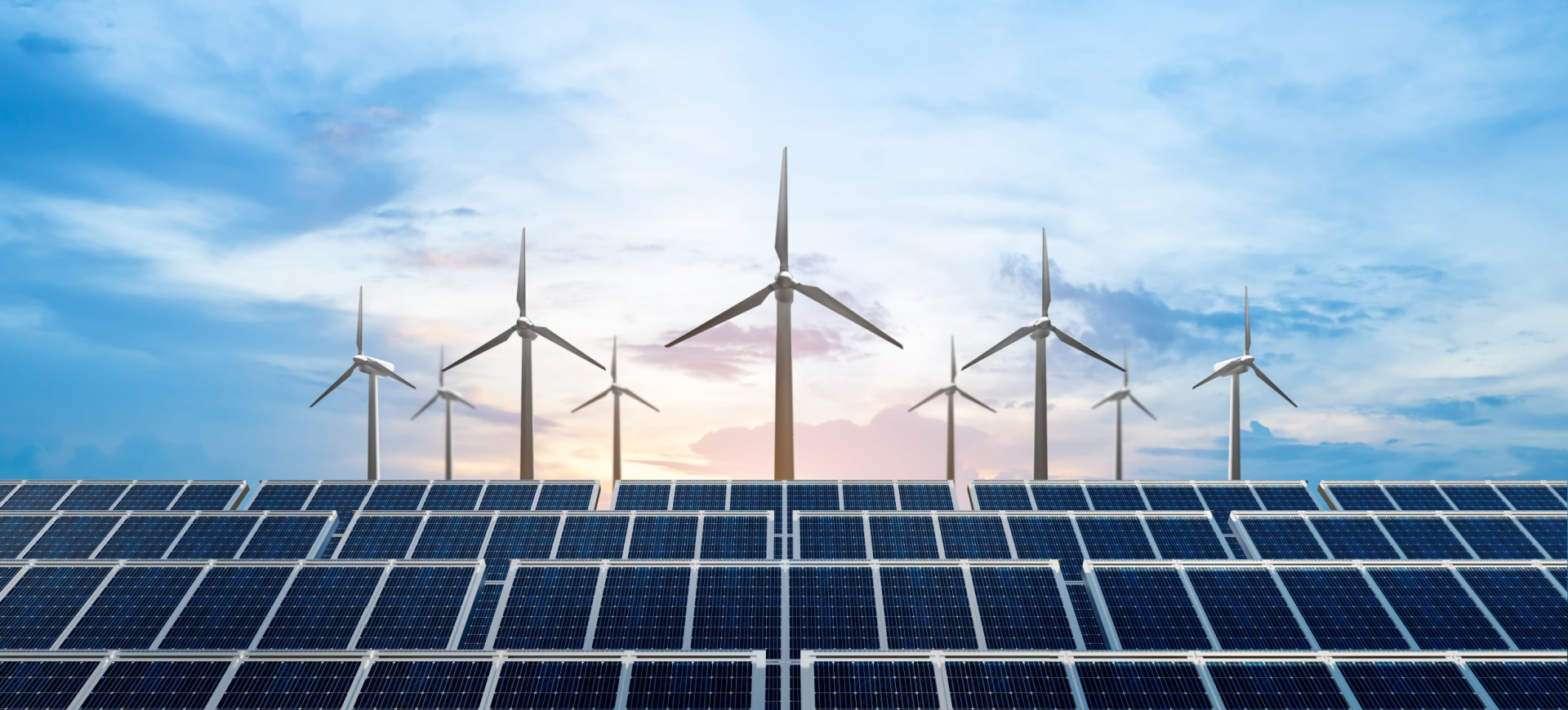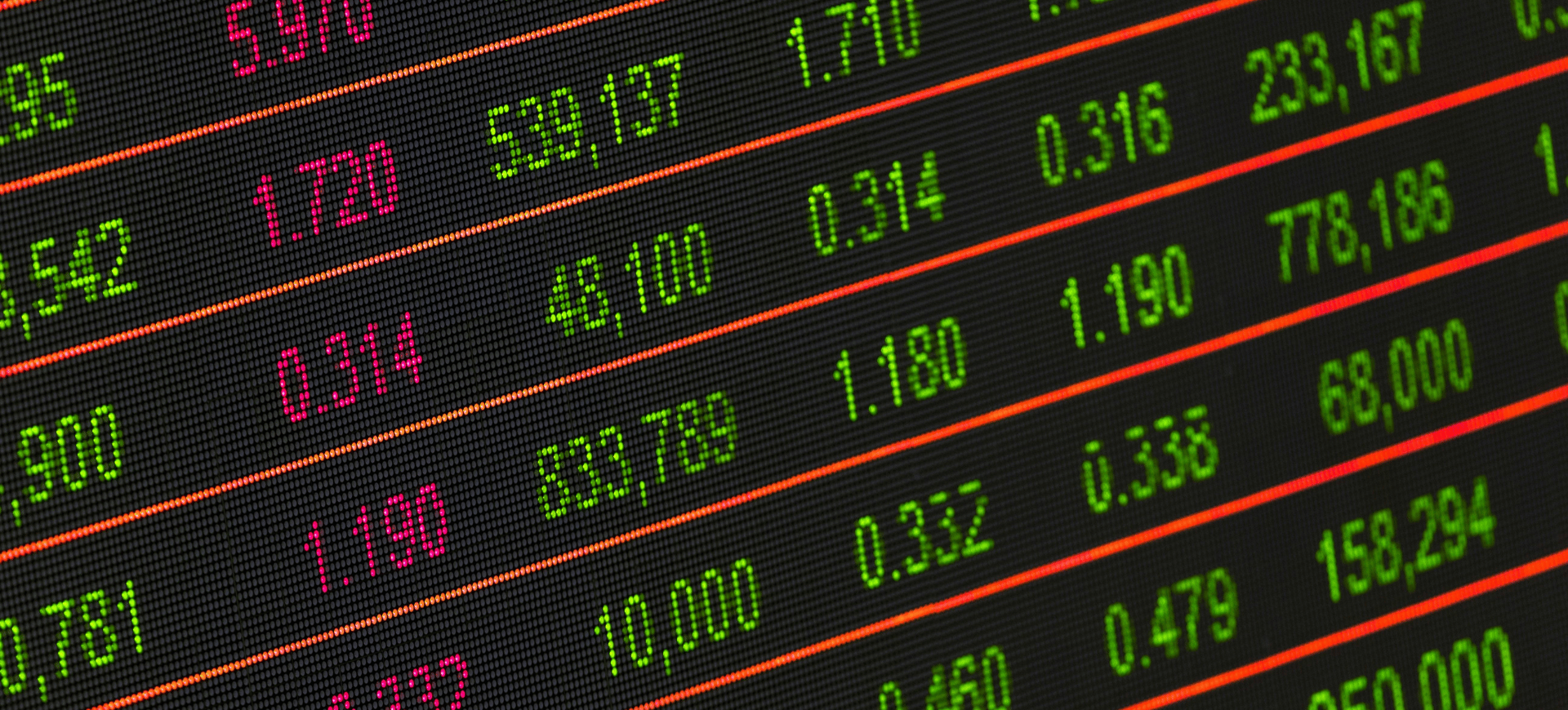Navigating the Clean Energy Revolution: Trends Reshaping Solar, Wind, and Hydrogen
What are the most significant trends currently shaping the solar and clean energy sector, and what do you see as the driving forces behind these changes?
The driving forces in energy are extremely complex at this moment. Positive forces are the cost of renewables, as these continue to fall rapidly, and the scale of renewable manufacturing capacity, which continue to grow rapidly. Solar is benefiting from these the most and might be entering an overcapacity regime which would do some interesting things to the market.
Negative forces in the market are supply chain issues, especially for critical minerals and uncertain geopolitics. We’ve seen immense upheaval in energy supply since the Russian activity in Ukraine, and I think it is fair to say that Europe’s energy mix took quite the beating and world fossil energy flows were re-written.
The rapid expansion of LNG sources to plug the hole left by Russian gas re-wrote supply chain dynamics and led to a boom in new LNG capacity. Over the next few years, a bunch of new capacity will come online, and the supply of LNG will potentially outstrip demand; we should see meaningful downward pressure on pricing there.
Flow that back into low carbon energy sources and their pace of roll out, and we get into a very complex position where climate concerns and excellent pricing drives downward pressure on renewables costs, while capacity growth in LNG should make it very competitive and economically difficult to move away from.
We could then get into an energy price war, which would be a complete reversal of the situation of the last three to four years. Then, bring into the mix the critical mineral position and concerns over single countries dominating critical supply chains.
As trade tends towards less globalization and more protectionist behaviours, cost alone might not be the dominating factor, and energy security concerns might rise to the top. I guess all that goes to say “it’s complicated…”
Nuclear energy is expanding to record-breaking levels. What are the implications of this growth for the broader renewable energy landscape?
Nuclear expansion is not something many predicted a decade ago, but it now has significant traction and will probably play an increasing role in the energy mix going forward. The advantages of nuclear energy in a clean energy grid are obvious. Baseload, highly reliable supply with very low carbon emissions are very attractive properties. Coupled with that is longevity, with plants routinely having lifetimes of 50 years plus. Decisions made now to build nuclear plant will result in power generation systems that are going to be with us as we approach the year 2100.
The drive to triple nuclear by 2050, although probably overly optimistic in my view, is testament to the advantages nuclear can bring to a renewables dominated power grid.
New Small Modular Reactor (SMR) plants are an interesting deviation from the nuclear norm. The ability to bulk manufacture stand designs could mean much faster adoption, much wider distribution and less costs.
If SMRs successfully hit the streets, many of the drawbacks of traditional nuclear energy production will be removed. How does this impact renewables? That depends, in my mind, on cost. If they can be made cost effectively then all bets are off, and we would get into a proper race between the options, but it is unlikely that nuclear will get there any time soon (if ever).
So, gazing into the hazy landscape of the future I think nuclear has a core position as a sustainable base load supply, but will not displace wind or solar as the future main power supplier. But then we all know how dangerous it is to try to predict the future…
Solar PV and wind are leading the charge in driving renewables uptake. How do you foresee their roles evolving in the next decade?
Solar is likely to dominate the future of renewables; I don’t see any technology on the near horizon that could compete with the cost and simplicity of PV technology. And it continues to improve, which means more energy per panel at less cost, with reliability and resulting longevity meaning we can expect each panel to last 30 years on average.
Wind is less clear but equally vital. The technology is more complicated and less suited to high volume manufacture, and thus incremental gain continually introduced is more difficult than with solar. Project economics are also less compelling, and there are signs of some project developers being less enthusiastic than they were, certainly for offshore wind projects. But, in areas of less solar resource, wind is the very definite next best option.
There are significant disparities in clean energy capacity across regions. What do you think are the key challenges and opportunities in addressing these global differences?
In a perfect world, developing nations would skip over the fossil fuel power age and go right to renewables, building a grid optimised around the variability these technologies have. To do this, however, they need to raise finance and bring to the table bankable projects with low-risk profiles and good payback characteristics.
Instability and historical biases in these areas make this difficult with international financial institutions, and we need to get creative with how we blend-finance or put guarantees in place to make projects more widely investable. If we can pull that off, then we’ll be in good shape as feedback from a senior financial panel at COP29 suggested money was available for investable projects.
I think the situation in the developed world is very amenable to renewables, as they represent the most cost-effective power generation option in very many cases.
The challenge there is politics, and whether governments and political parties have the will and long-term vision to play their part in addressing climate change within their critical infrastructure.
The integration of renewables into existing energy grids remains a challenge. What innovations or policy changes do you believe are critical to overcoming these obstacles?
I don’t think that’s really the case. We could build out grids in a way that allows very large renewable capacity to dominate the generation side. Technologies exist to deal with most of the challenges, but we need continual improvement in them and volume demand to come into the supply chain to make these technologies viable.
Perhaps the biggest outstanding issue is long term / inter-seasonal storage, but there are options like chemical storage or compressed gas storage – and for the right sites more pumped hydro – and these all need further consideration.
To make this a reality, we need to continue development of battery technology for the hourly to 12 hourly storage needs, using lower cost minerals/metals to drive costs down and increase capability, and then push hard on power to liquid/gas options and making them economically viable.
Policy and financial support by governments in these areas is crucial, but those countries that win the race will be in an excellent position to export these solutions globally, so it would seem like a good investment.
In your view, what role do emerging technologies, such as AI and machine learning, play in optimising clean energy generation and consumption?
I think AI is going to be very useful as we try to optimise our future energy systems, but we will need to figure out the best way to employ their capabilities and that aspect is relatively nascent.
Our future grids will become more complicated, in terms of distribution of generation systems and sizes, directional flow of power across local and macro grids, distributed stationary and mobile (vehicle) power storage systems, prevalence of smart metering solutions at consumer and industrial levels, demand side response systems, weather induced variation in power production and inter-seasonal changes and other aspects.
Monitoring and controlling these systems will be challenging: making the most of them and maximising their efficiency will be a mammoth and unending task. AI would appear to be perfectly suited to this type of task, and I think this is where it will make its biggest impact.
With increasing investment in green hydrogen, how do you see its potential to complement or compete with solar, wind, and nuclear energy?
I think we’re missing the point here by overplaying the “green” card. What we must ensure is hydrogen brought to the market is beneficial, or at least non-detrimental, to the climate.
That means we need “clean” hydrogen not necessarily “green” hydrogen, and by specifying “clean” we widen the production mechanisms to include non-electrolyzing methods. We need to focus on the prize: it would be very useful to our 2050 net zero ambitions to have hydrogen as an economic fuel option.
Within the hard-to-abate industrial and transport sectors, hydrogen could have a very wide contribution and enabling function. But to do that, it needs to be able to compete economically against the other options. We need an efficient, large scale hydrogen economy in place.
As we move to a renewable based power grid, applications for direct use of electricity are numerous. Diverting these to produce hydrogen feels somewhat inefficient and could prevent electrification of other more beneficial areas. So, in my opinion, alternative methods of hydrogen production at scale with minimal climate impact should be investigated, and invested in.
That means reforming technologies applied to natural gas have a core role to play here, so long as we are rigorous about how we capture and store away or use the CO2 that is produced.
If we maintain the prize as wanting to establish a hydrogen economy, take pragmatic decisions about how we get there, and then go for it wholeheartedly, hydrogen could play a pivotal role in energy storage and in direct displacement of fossil fuel use in hard to abate applications. I wrote a piece about this type of approach some time ago called “Pragmatic Idealism”, I think the title says it all. .












